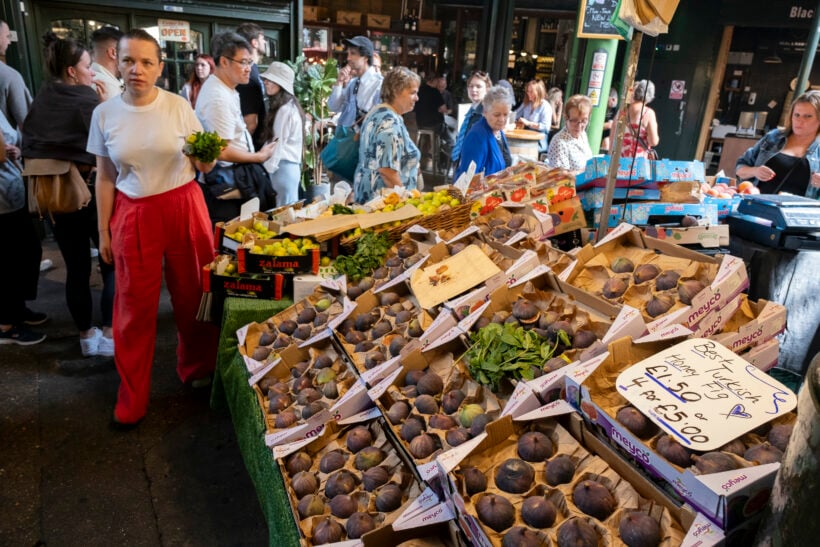
Mike Kemp | In Pictures | Getty Images
The U.K.’s inflation rate rose sharply to 3% in January, coming in above analyst expectations, according to data released by the Office for National Statistics (ONS) on Wednesday.
Economists polled by Reuters had expected a reading of 2.8% in the twelve months to January.
Britain’s consumer price index (CPI) fell to a lower-than-expected 2.5% in December, with core price growth also slowing further.
Core inflation, which excludes more volatile energy, food, alcohol and tobacco prices, rose by 3.7% in the 12 months to January, which was up from 3.2% in the previous month. Notably, the core services annual rate rose from 4.4% to 5.0%, the ONS said.
“Inflation increased sharply this month to its highest annual rate since March last year. The rise was driven by air fares not falling as much as we usually see at this time of year, partly impacted by the timing of flights over Christmas and New Year. This was the weakest January dip since 2020,” Grant Fitzner, the ONS’ chief economist, commented Wednesday.
“After falling this time last year, the cost of food and non-alcoholic drinks increased, particularly meat, bread and cereals. Private school fees were another factor, as new VAT [a sales tax] rules meant prices rose nearly 13% this month,” he said, in comments on the X social media platform.
Responding to the latest data, U.K. Chancellor Rachel Reeves said that delivering economic growth and “getting more money in people’s pockets” were her priorities, while acknowledging that “millions of families are still struggling to make ends meet.”
The British pound was little changed against the dollar following the data release, trading at $1.2615.
Sluggish growth
The U.K.’s inflation rate had hit a more than three-year low of 1.7% in September, but monthly prices have picked up since on the back of higher fuel costs and services fees rising faster than the price of goods.
Earlier in February, sluggish growth and a recent drop in inflation prompted the Bank of England to make its first interest rate cut of the year, bringing its benchmark rate down to 4.5%.
The central bank signaled further rate trims were coming but noted that higher global energy costs and regulated price changes are expected to push up headline inflation to 3.7% in the third quarter of 2025, “even as underlying domestic inflationary pressures are expected to wane further.” The BOE expects the inflation rate to fall back to the 2% target by 2027.
Along with listing its price growth outlook, the central bank also halved the U.K.’s economic growth forecast from 1.5% to 0.75% this year.
The latest leap in CPI inflation was no surprise, but it was larger than everyone expected, Ruth Gregory, deputy chief U.K. economist at Capital Economics, noted Wednesday.
“It’s no secret that higher energy prices will push CPI inflation further above 3% over the next 7 months. We doubt this will prevent the Bank from cutting rates further. Indeed, we still think CPI inflation will fall below 2% in 2026 as the fading of some temporary effects and the weak economy feed through to lower services inflation,” she said in emailed comments.
“The risk is that the rise in inflation proves more persistent and rates are cut more slowly than we expect, or not as far,” Gregory added.

